
OR
Editorial
Take measures to preserve precious stone taps in Kathmandu
Published On: December 17, 2023 07:33 AM NPT By: Republica | @RepublicaNepal
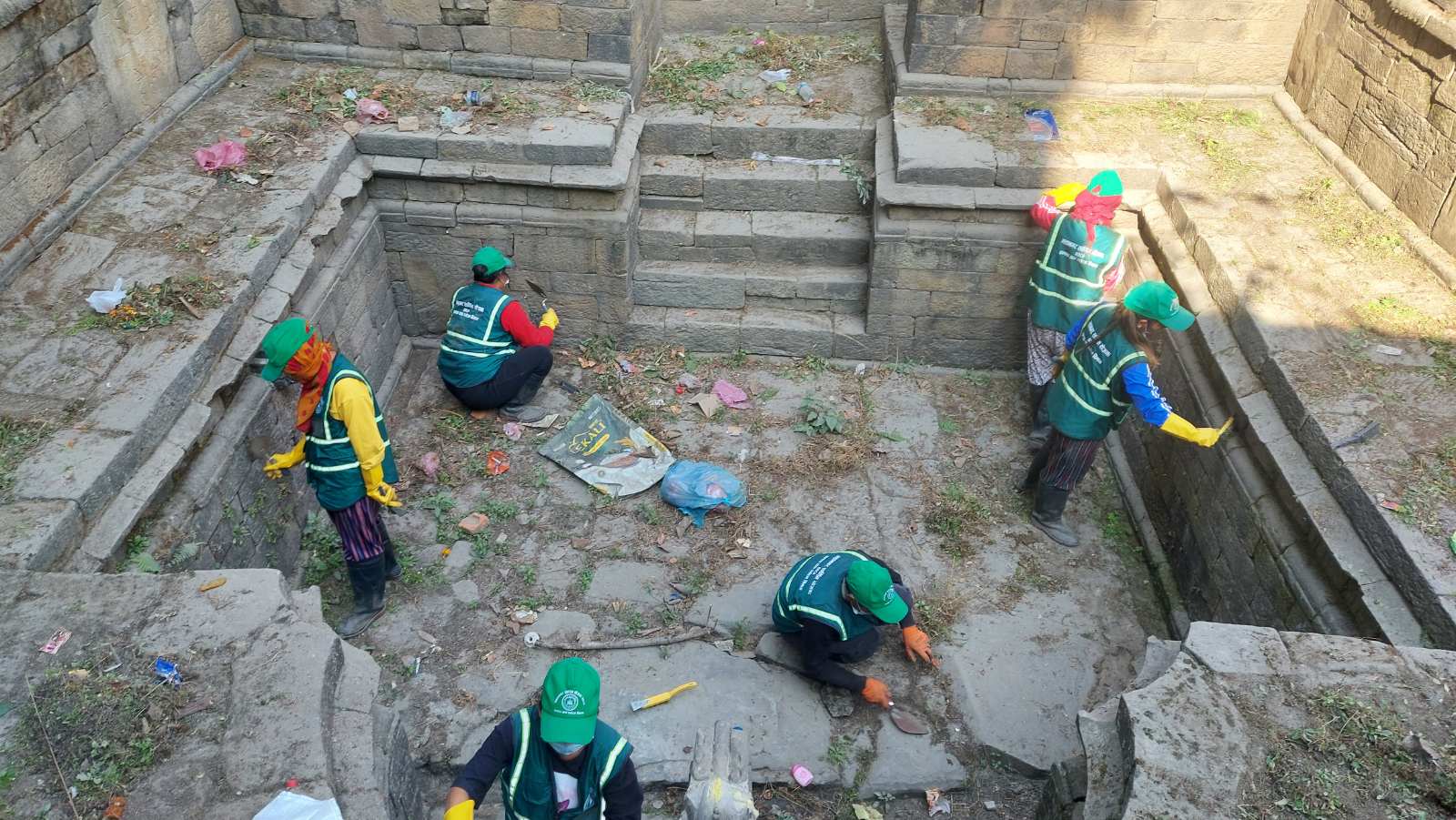
Water, the essence of life, flows through the veins of our city, and in its nooks and crannies, Kathmandu harbors a unique heritage - the traditional stone spouts. A recent study conducted by the Allan Foundation has brought to light the existence of 154 stone spouts within the Kathmandu Metropolitan City (KMC), each a testament to the delicate balance between nature and urban life. The findings, however, present a stark reality: these stone taps, essential threads in the intricate fabric of our cultural and natural heritage, are facing neglect, endangerment, and even disappearance. The comprehensive analysis categorizes these stone taps into five types, each revealing a distinct aspect of their current state. Out of the 154 taps, only 61 (40%) remain operational, providing a lifeline to communities grappling with water scarcity. A concerning 50 (32%) have fallen into disrepair, devoid of the life-giving water they once channeled. Ten (6%) teeter on the brink of extinction due to neglect, and 21 (14%) have gone missing, leaving voids in the urban landscape.
Ward-wise distribution further unravels the tale of these stone taps. In wards 15 and 32, a dozen taps stand as silent witnesses to the passage of time and the changing urban landscape. In stark contrast, wards 11, 22, 23, 24, 25, and 27 find themselves devoid of these historical relics. A mosaic of numbers unfolds, with a solitary tap in wards 12 and 13, pairs in wards 3, 21, and 29, and trios in wards 2 and 30. As the population climbs, the significance of these stone taps becomes more apparent. In wards 5, 28, and 31, four taps grace the landscape, while ward 20 boasts five, ward numbers 1, 8, 19, and 26 each host six, and ward 18 welcomes seven. Further distribution sees eight taps in wards 4 and 7, nine in wards 9 and 16, 10 in ward 17, 11 in ward 6, and 13 in ward 10. The study classifies these stone taps based on their condition, offering insights into the health of our cultural and natural heritage. Functional taps, those with water flow, proper drainage, and usability, make up the fortunate 40%. The non-functional, silent witnesses to the bygone era constitute 32%. Those on the brink of extinction, endangered by neglect, make up the 6%, while the missing and undiscovered taps contribute to the voids in our cultural landscape.
Beyond their historical significance, stone taps play a crucial role in water flow systems, acting as conduits for water sourced from watershed areas, underground layers, and other reservoirs. They are not merely relics of the past; they are living connections between nature and human civilization, impacting aquatic life, plants, and the growth of natural vegetation. In Kathmandu, where water is interwoven with the very fabric of life, these stone taps stand as silent sentinels, witnesses to the evolution of our city. They are integral to the customs, culture, and traditions of urban life, reflected in the rich architectural structure that characterizes them. As stewards of this vibrant city, we cannot turn a blind eye to the plight of these stone taps. Their preservation is not just a matter of historical significance; it is a call to action to safeguard our water sources, mitigate water scarcity, and protect the delicate balance between nature and urban life. As a newspaper, we urge the local government, civic society organizations, and concerned stakeholders to join hands in a collective effort to preserve, restore, and celebrate these stone taps. Let us not allow neglect, time, or apathy to erase these symbols of our heritage. The time to act is now, to ensure that the echoes of water, flowing through these ancient conduits, continue to resonate through the corridors of time.
You May Like This
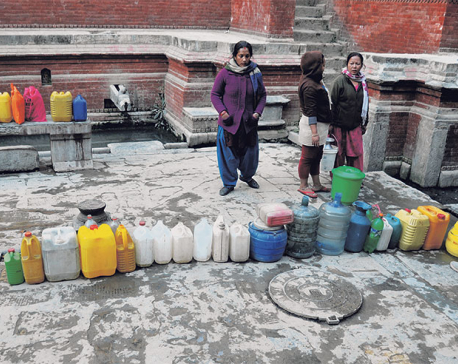
UNHOLY WATER! 16 OUT OF 18 WATER SOURCES POLLUTED IN BHAKTAPUR
BHAKTAPUR, July 12: Sixteen of the 18 water sources of Bhaktapur contain chloroform bacteria, according to water test carried out by... Read More...
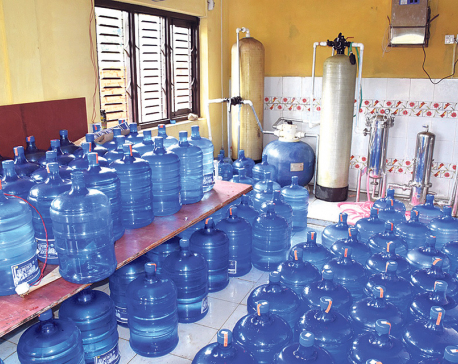
State-owned water body introduces bottled mineral water in jars
BANEPA, August 28: Nepal Water Supply Corporation has started sale of bottled mineral water under the brand name ‘NWSC Pani’. The... Read More...

Water Supply Department to build ponds to collect rain water
KATHMANDU, Feb 4: The Department of Water Supply and Sewerage is set to launch a project for collecting rain water... Read More...




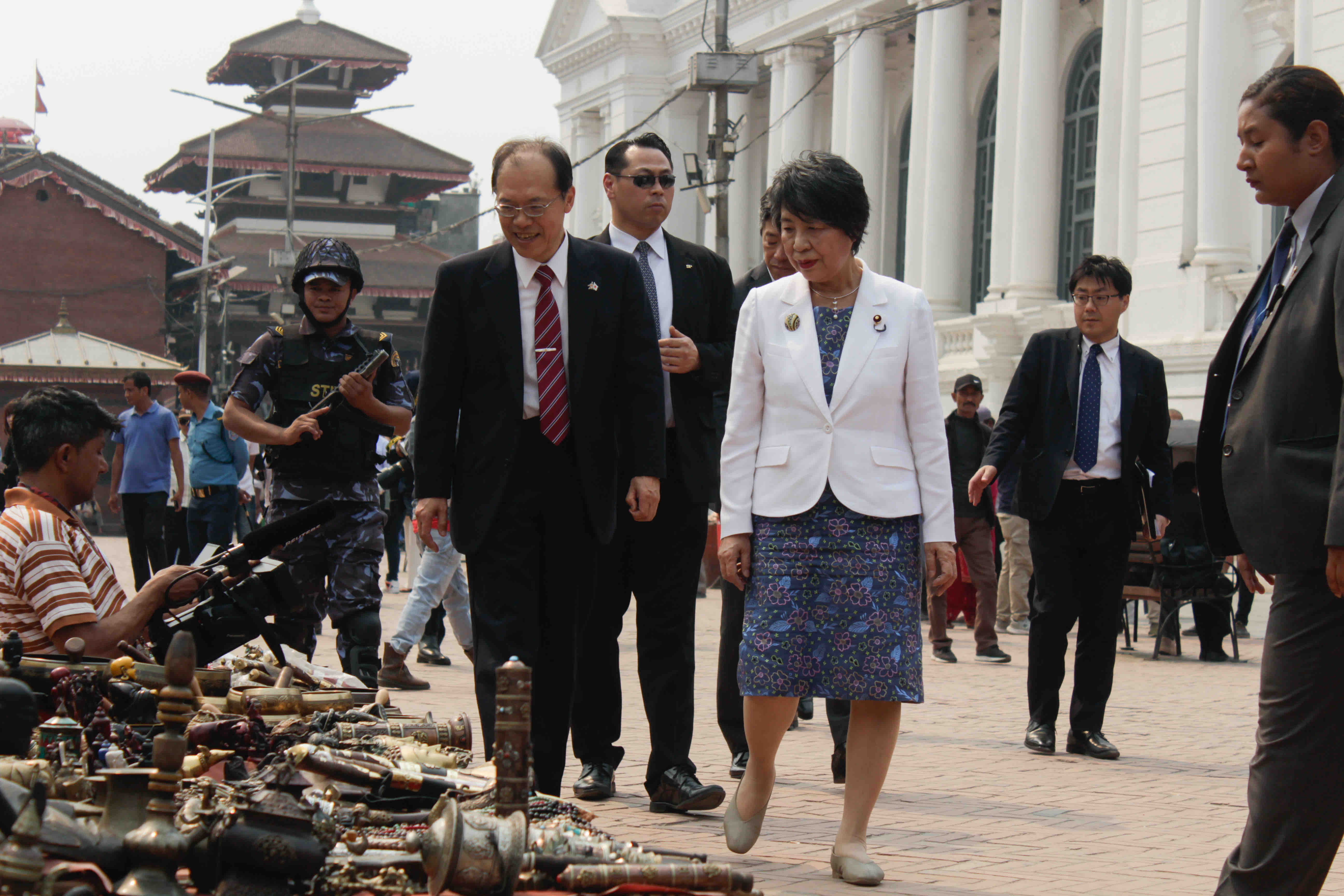

Just In
- Japanese Foreign Minister visits Basantapur
- Pokhara Sports Awards: Lifetime Achievement Award to be given to Indra Malla
- Kathmandu faces power outages in selected areas for distribution line upgrades
- Govt presents ICT awards in seven categories on occasion of 7th National Information and Communication Technology Day
- Gandaki CM Adhikari seeking vote of confidence today
- Chakra Budha appointed Director General of DRI, Nawa Raj Dhungana transferred to MoFA
- Madonna’s biggest-ever concert transforms Rio’s Copacabana beach into a massive dance floor
- Indian Govt lifts ban on onion exports; imposes minimum export price of USD 550/tonne











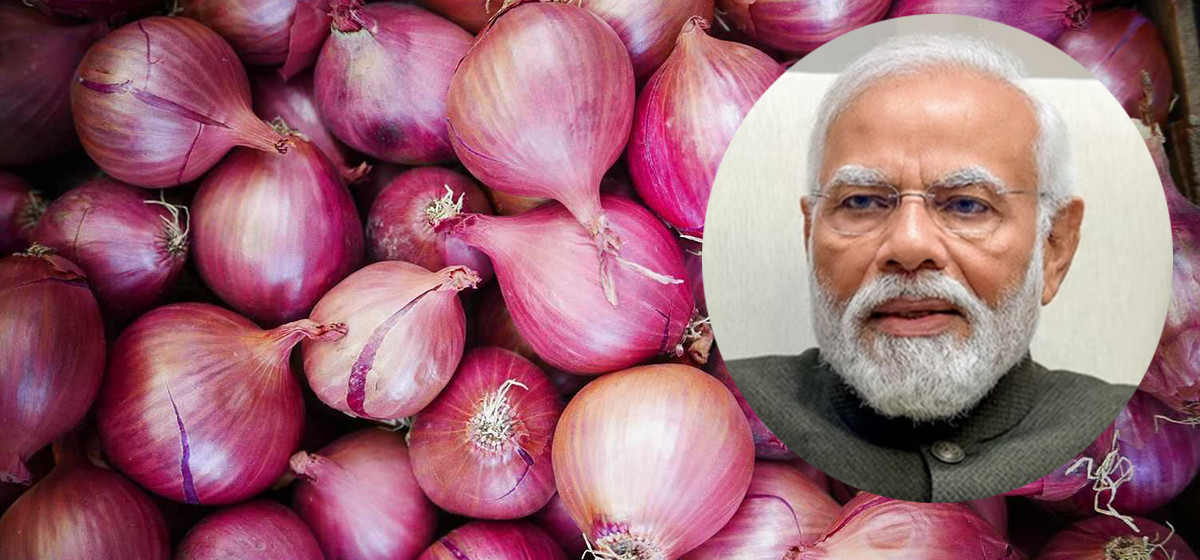
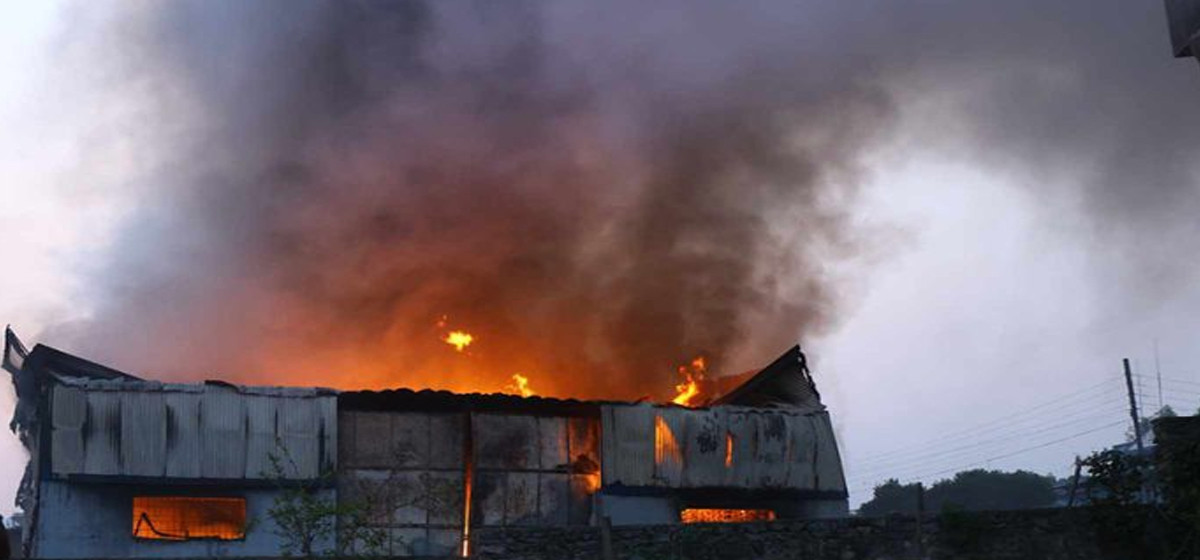
Leave A Comment